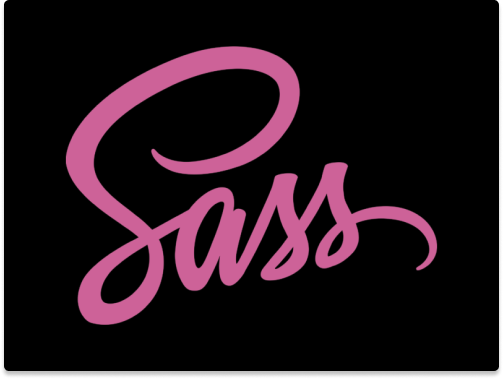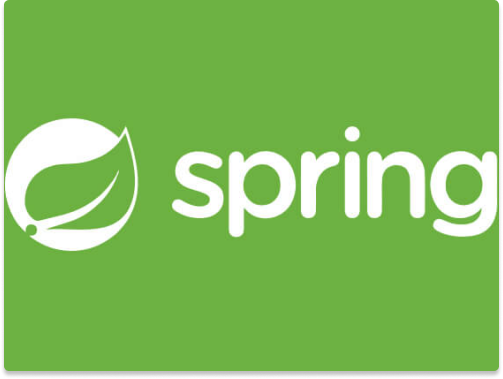Spring and Sass
What exactly are they?
Jump to Sass Jump to Spring
Sass
Sass is a front-end framework designed to make it easier to do CSS. One of the most popular CSS preprocessors (compiles code into CSS)

Strengths
- Can be used to keep your style sheets organized and concise
- Compatible with all versions of CSS
- Supported by a large community
- Many other frameworks built with Sass (ie. Compass, Bourbon)
Weaknesses
- Risk making over-qualified CSS when using the nesting feature which can decrease performance if not used carefully
- Can be difficult to troubleshoot
- Code must be compiled which adds an extra step
Which developers?
- Front-end developers
Types of websites
- Large websites where regular CSS can become cluttered
Spring
Spring is a back-end framework. The most popular framework for Java web developers by far. Ranked as the 7th most popular backend framework as of March 2021 based on Github stars

Strengths
- Spring Boot provides a highly opinionated and streamlined process for developing backend web applications with ease.
- Abstracts a lot of the complex lower-level details, making the coding experience closer to writing simpler Java classes.
- IOC container manages class instances for you so you don’t have to.
- Spring Data JPA helps you quickly set up a database and perform queries without needing to know how to write SQL.
- Uses an embedded server that can be easily used by running a jar.
- Large community.
- Many modules adding flexibility in how you can build your projects.
- Great for microservices.
Weaknesses
- The opinionated approach it gives is at the cost of some control.
- Fairly easy to pick up but has a decently steep learning curve.
- Complex.
- Lacking some guidelines especially for security.
- Lots of code to write.
Which developers?
- Very popular amongst Java developers.
- Big enterprises.
Types of websites
- Popular for enterprise web applications.